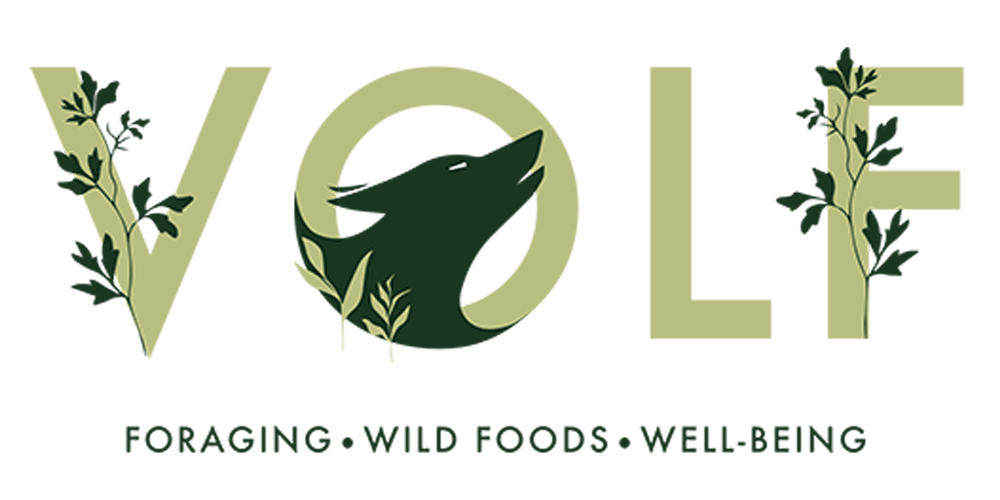Corn Mint
How To ID Me And What I’m Good For?
My ID Features:
Flowers
Flowers
In situ
Corn mint
Latin Name - Mentha arvensis
Family - Lamiaceae.
Common Names - Corn Mint, Field Mint, Wild Mint.
Season - Summer to Autumn.
Edible bits - Leaves & Flowers.
Habitat - Fields, waste ground, rough grassland, woodland.
Possible Confusion - Others members of the mint family. Most likely mentha aquatica (water mint), given a sometimes overlapping environment. Corn mints smell and flowers are key identifiers. Though they could also be confused with hybrids and garden varieties. There is also a hybrid between water mint and corn mint [M. x verticillata] just to make things extra difficult, but also edible.
Description - A really unique smelling mint. Some say it smells of banana, but we’re not convinced of that. We’ve most often found it growing in forests adjacent to crop fields. The leaves themselves are quite hairy, so it's not necessarily something you're going to want to eat as is. It's best for infusing or blending into sauces. Mint is native to Europe but is naturalised throughout the globe, and has been cultivated for its medicinal uses for thousands of years. It's thought that the Romans introduced it to Britain. Is there anything those guys aren’t credited for?
Caution should be taken if picking from fields themselves, due to chemicals sprayed by farmers.
Physical Characteristics - Wild mint is a herbaceous perennial plant generally growing to 10–60 cm tall. It has a creeping rootstock from which grow erect or semi-sprawling, squarish stems.
The leaves are in opposite pairs, simple, up to 6cm long and 1–2 cm broad, hairy, and with a coarsely serrated margin.
The flowers are pale purple (occasionally white or pink), in whorls on the stem at the bases of the leaves. Each flower has a five-lobed hairy calyx, a four-lobed corolla with the uppermost lobe larger than the others and four stamens.
Medicinal Qualities - As with all mints they are antioxidant, anti-inflammatory, decongestant, antibacterial, amongst many other healing properties. Vitamins A and C, as well as the minerals iron and calcium are also present.
Harvesting Sustainability - It's very important to cut with scissors above ground level. Ensuring further growth and no damage to the environment. There are many moths, butterflies & other insects who feed on mentha species.
Never munch on a hunch! Volf takes no responsibility for anything consumed.




